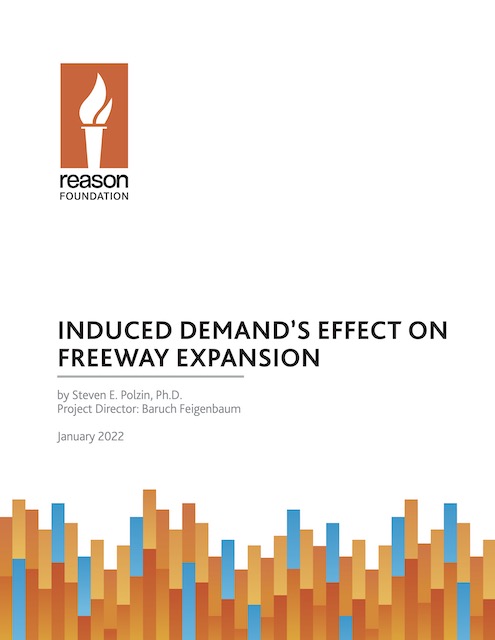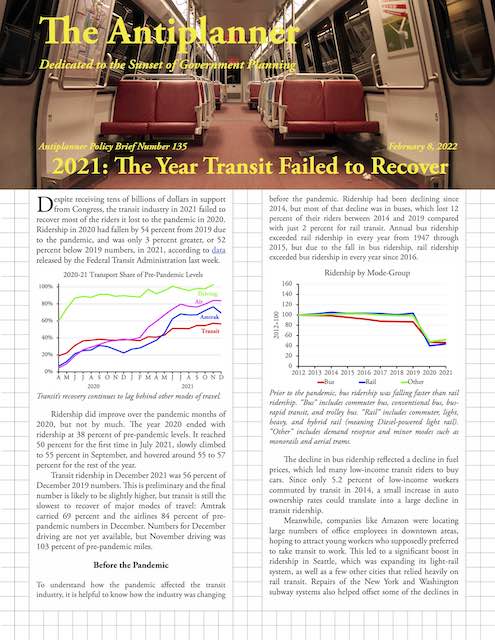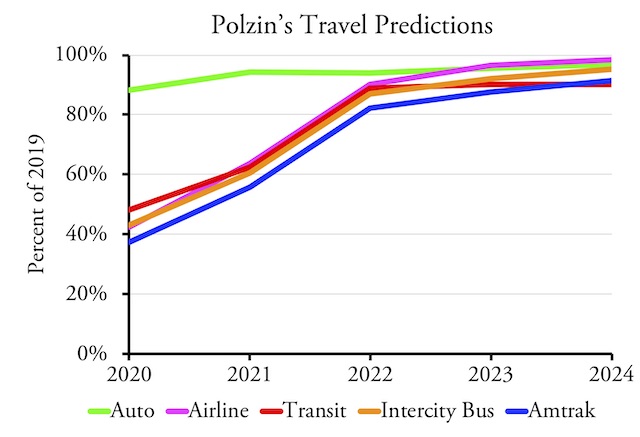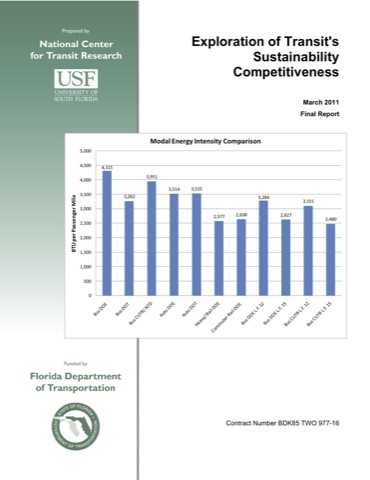March transit ridership pushed up above 60 percent of pre-pandemic numbers for the first time since the pandemic began, according to data released by the Federal Transit Administration last week. Ridership was boosted by the fact that March 2022 had two more weekdays than March 2019. Since April 2022 has one fewer weekday than April 2019, ridership is likely to dip back down below 60 percent in April.
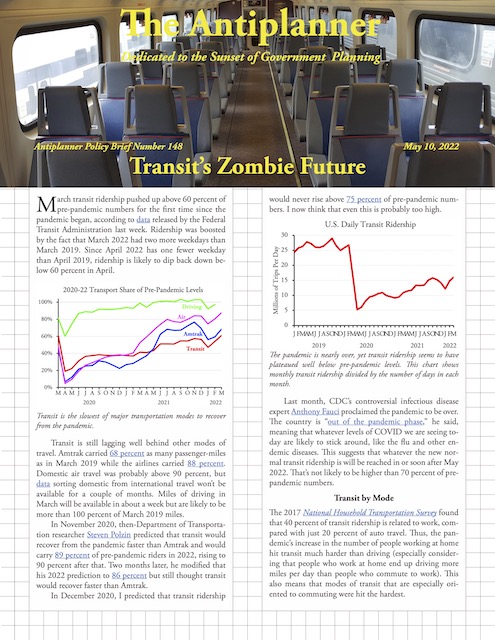 Click image to download a four-page PDF of this policy brief.
Click image to download a four-page PDF of this policy brief.
Transit is still lagging well behind other modes of travel. Amtrak carried 68 percent as many passenger-miles as in March 2019 while the airlines carried 88 percent. Domestic air travel was probably above 90 percent, but data sorting domestic from international travel won’t be available for a couple of months. Miles of driving in March will be available in about a week but are likely to be more than 100 percent of March 2019 miles.

